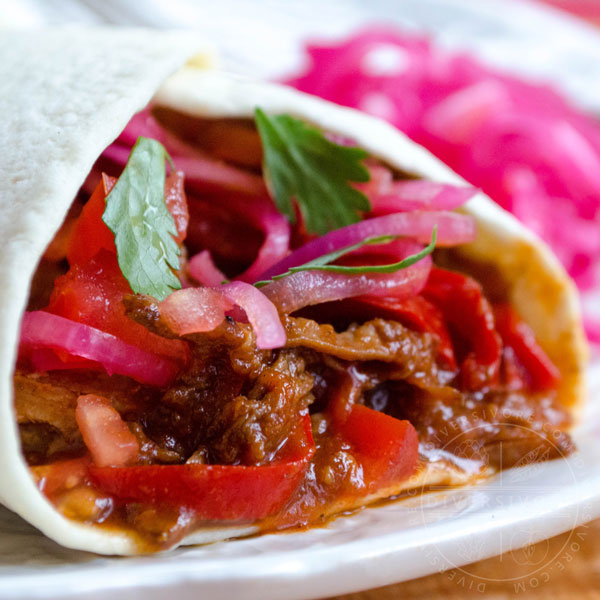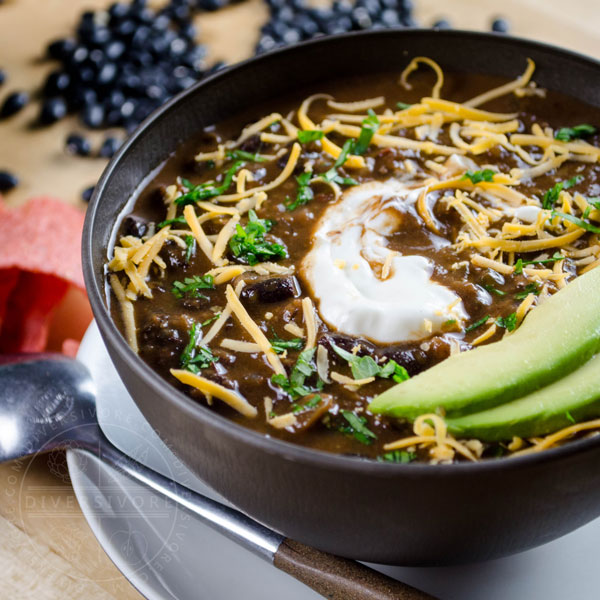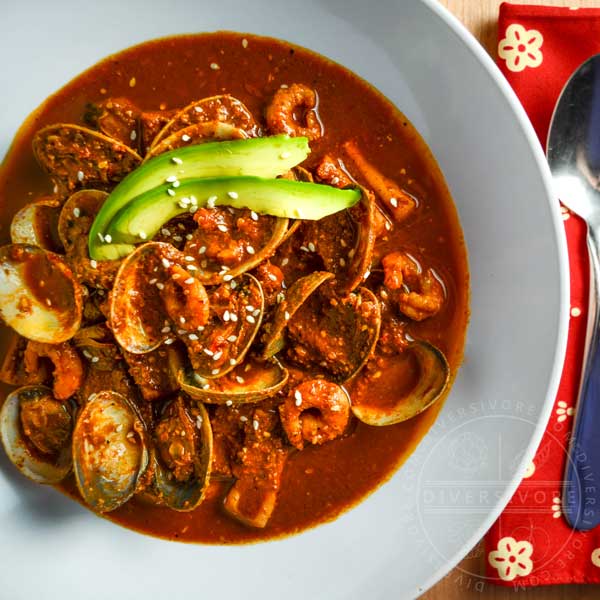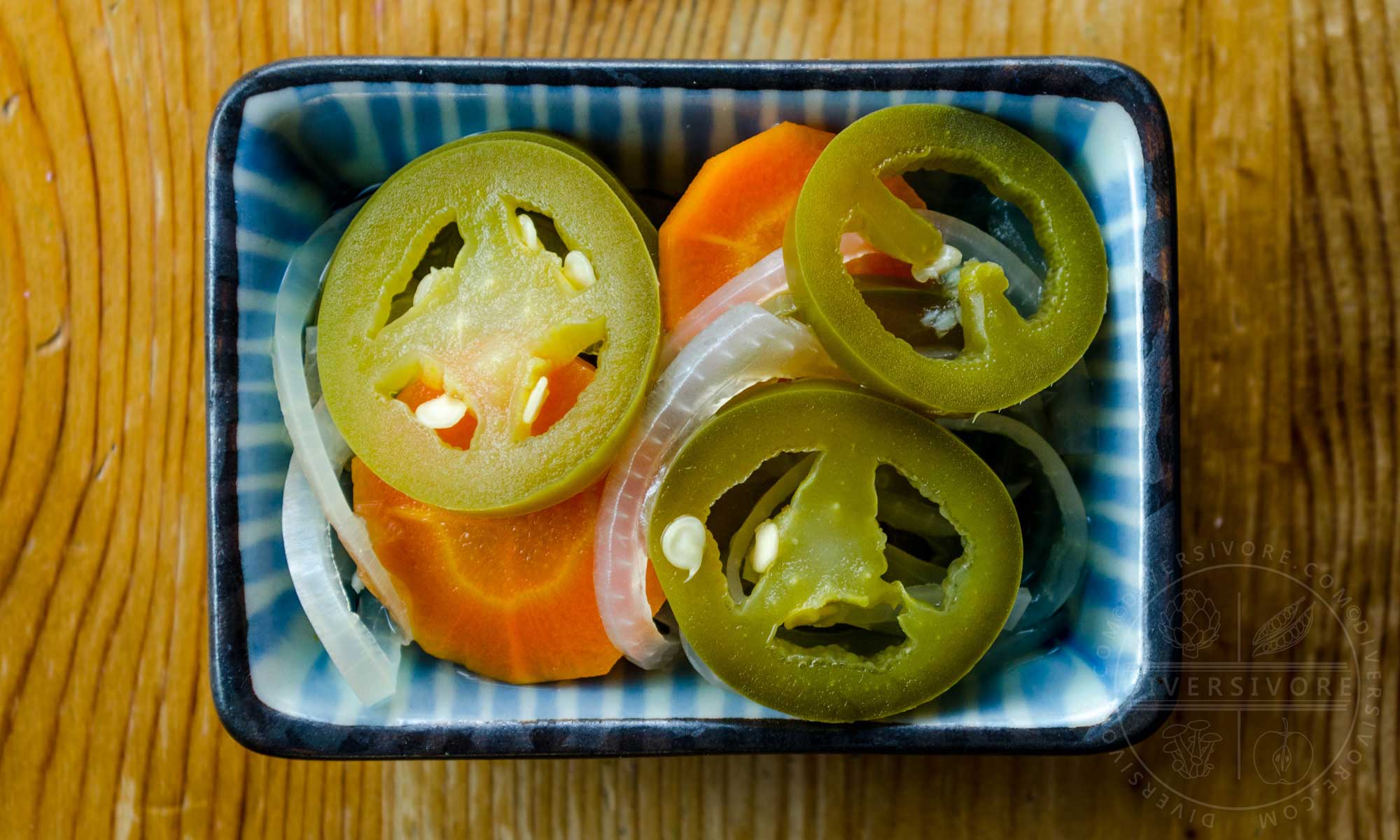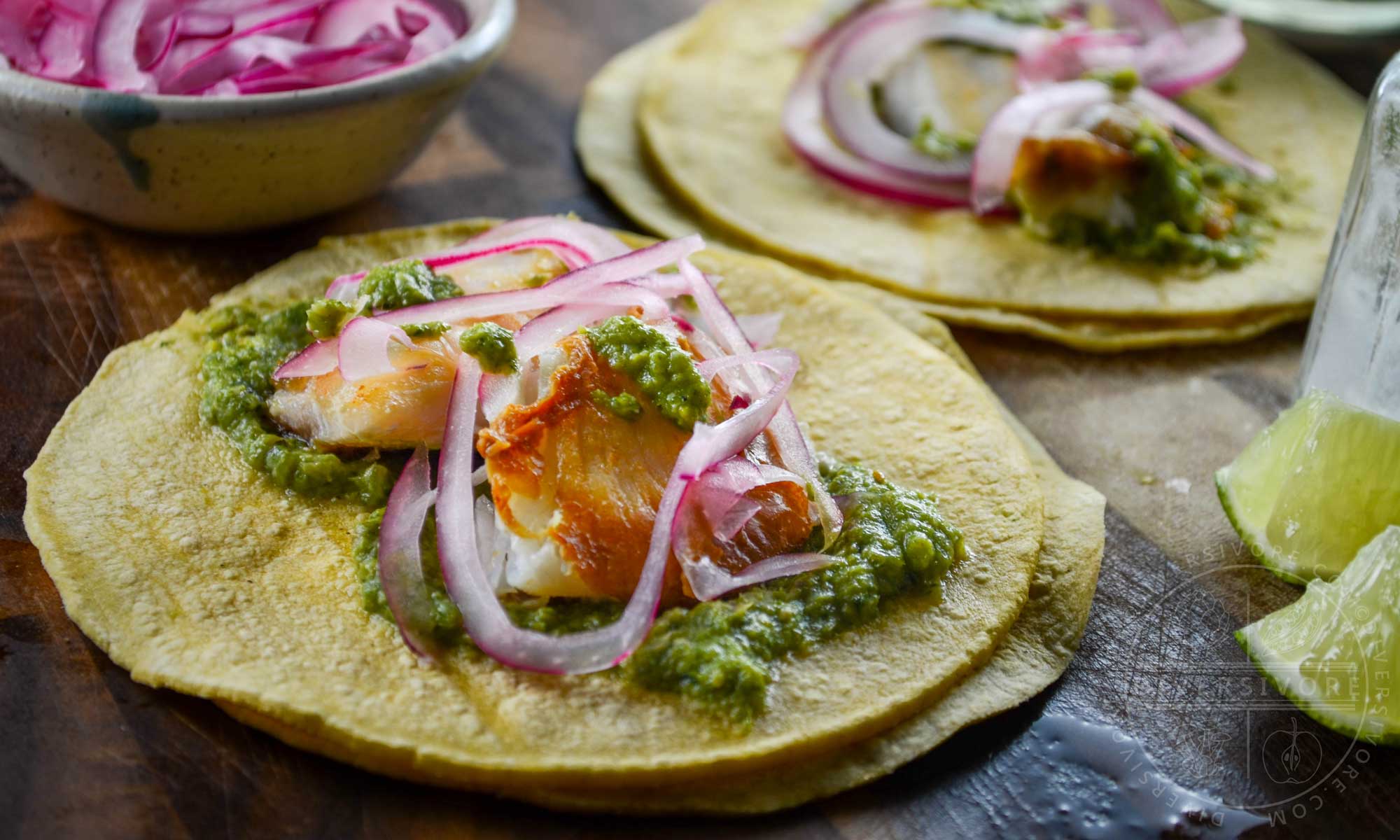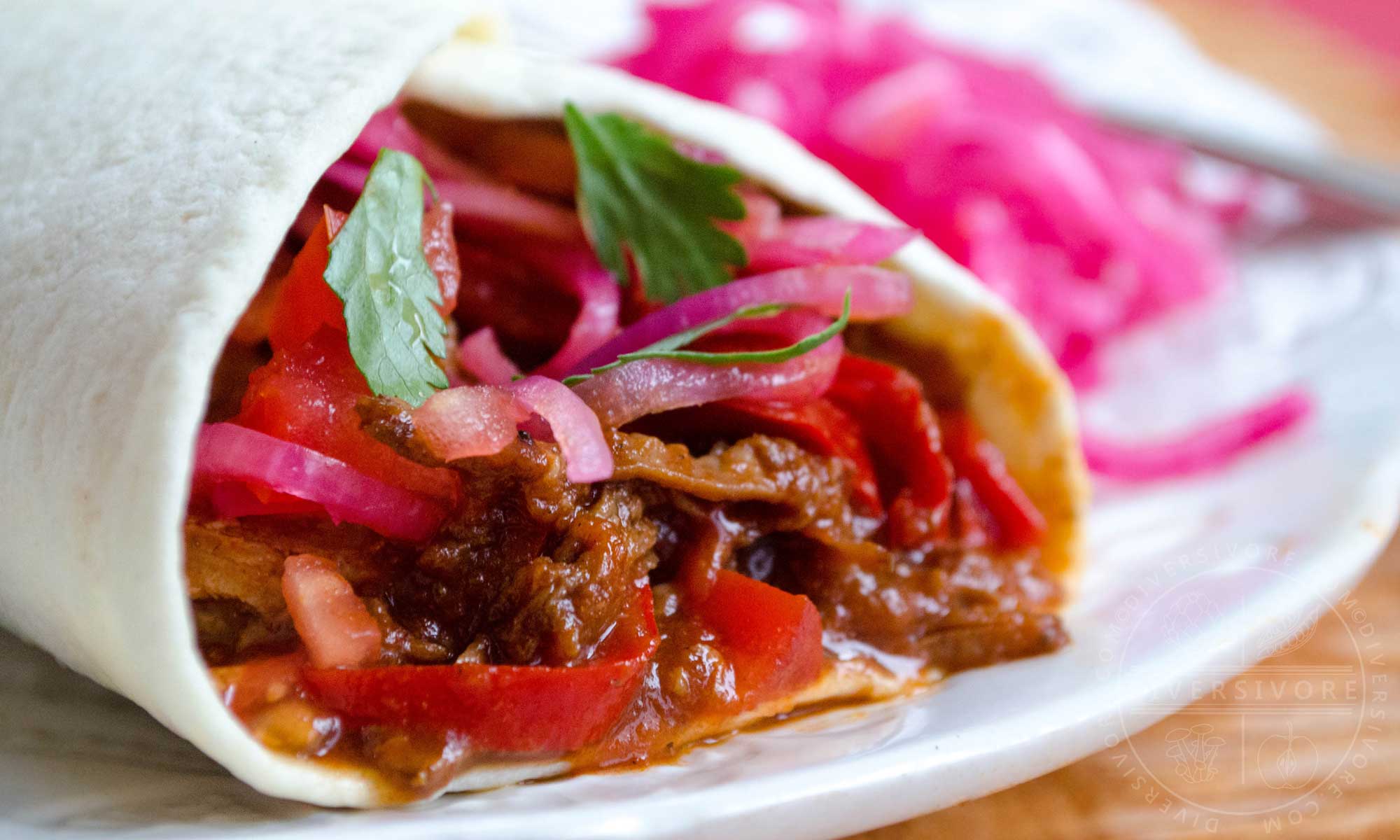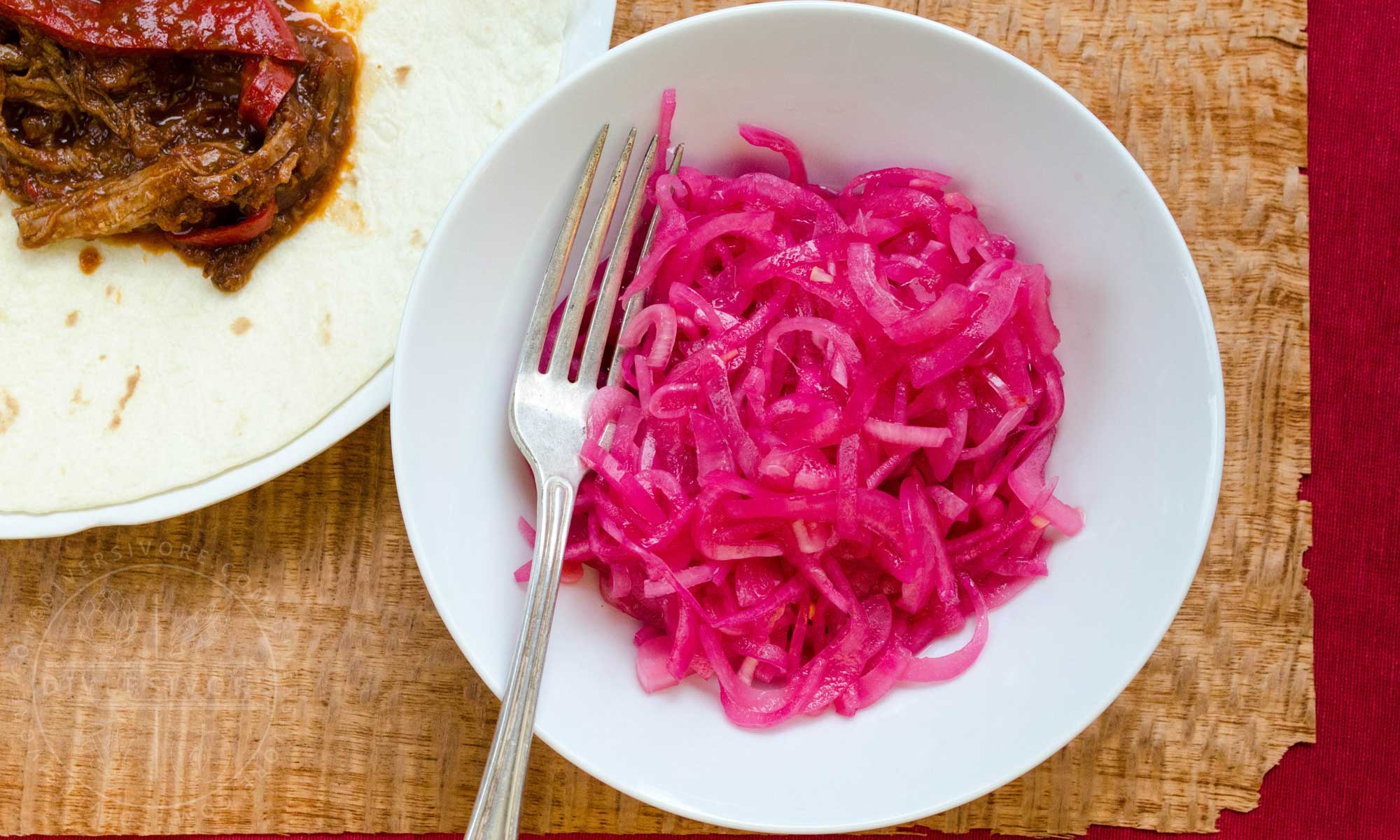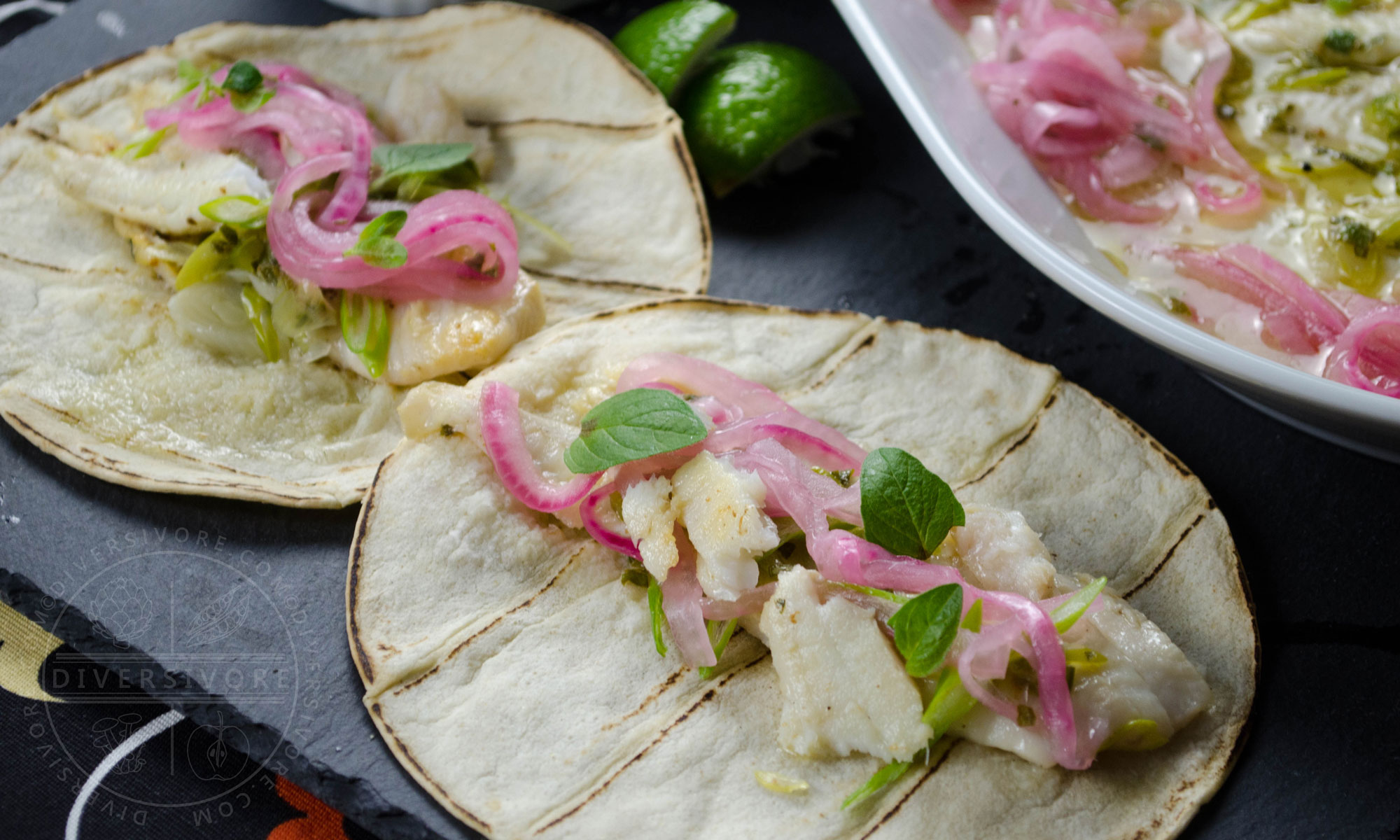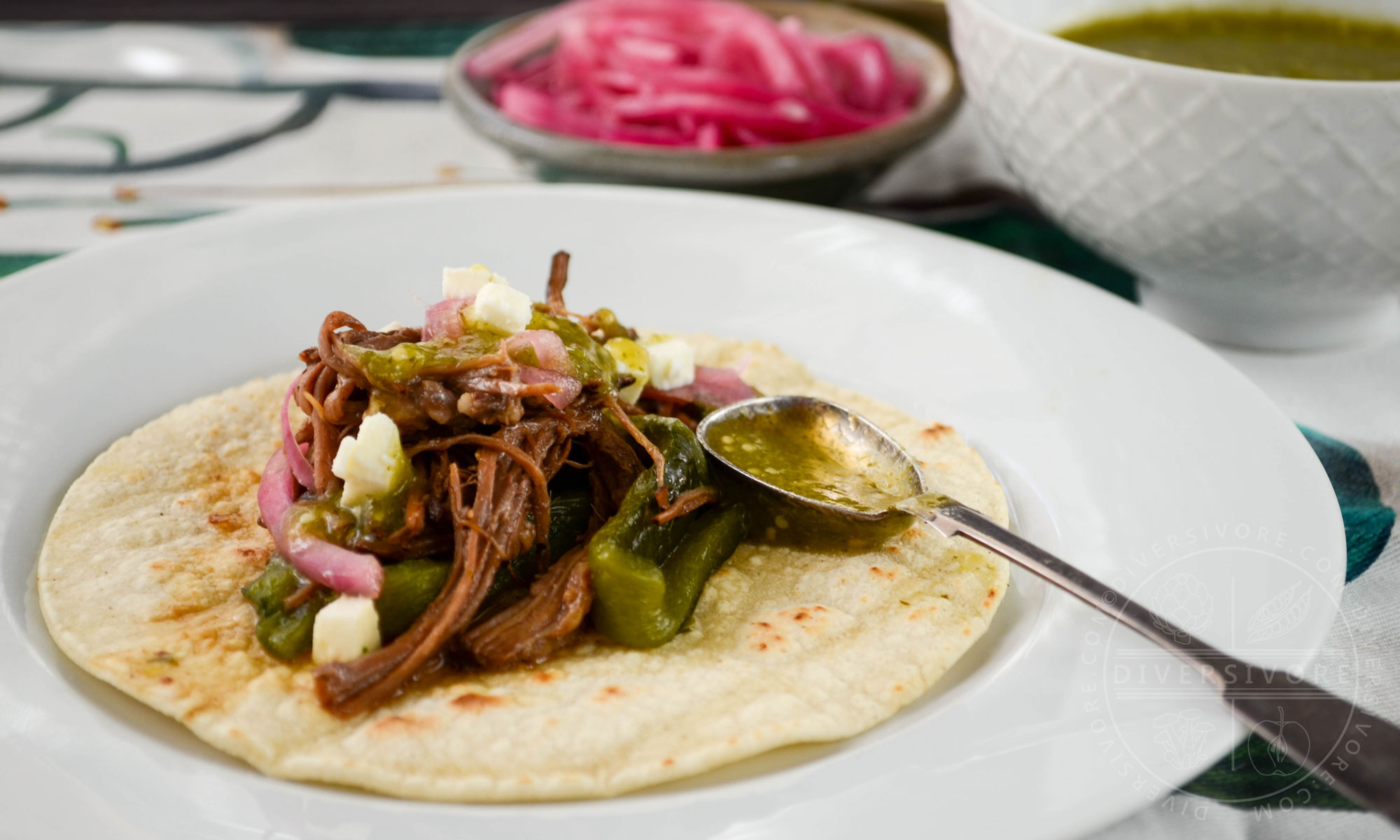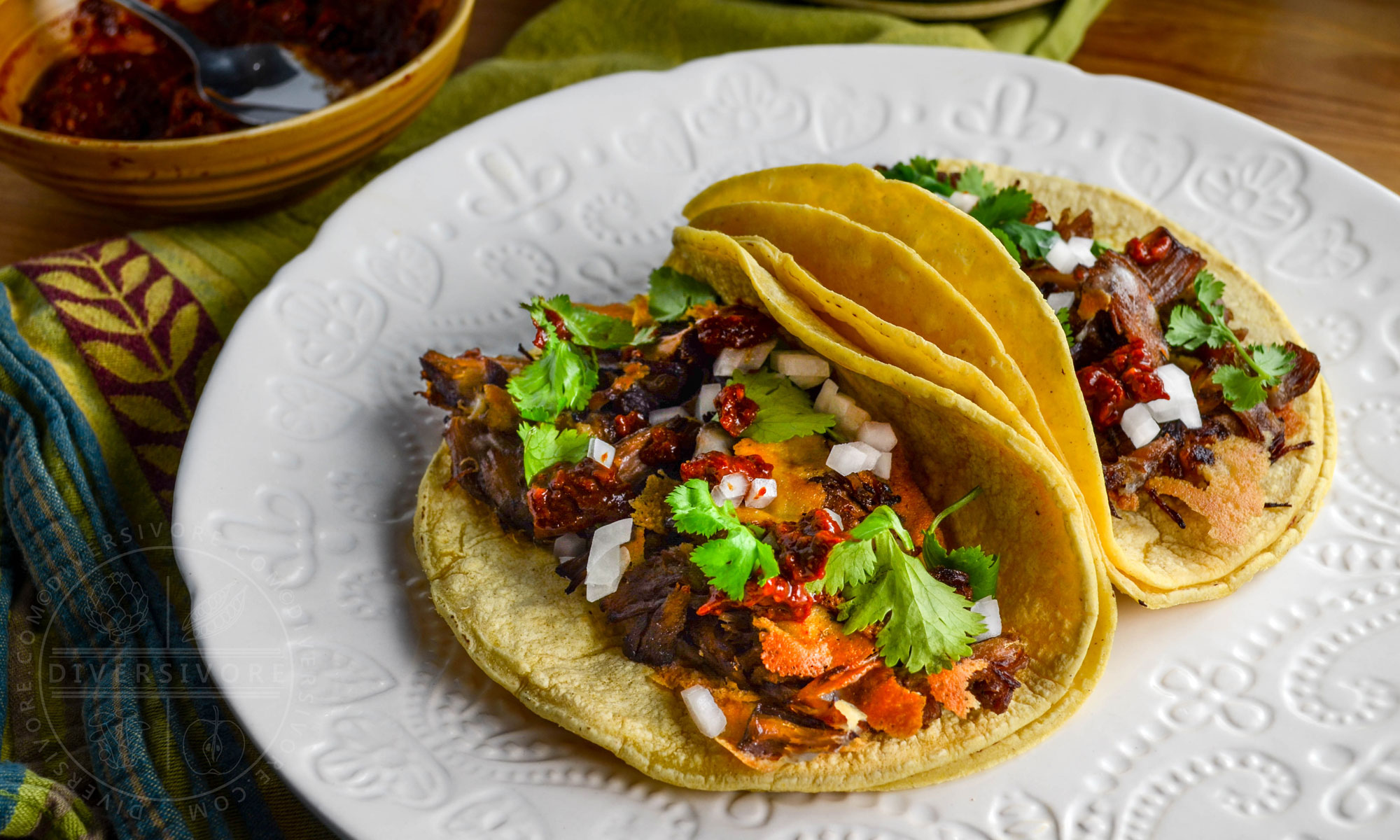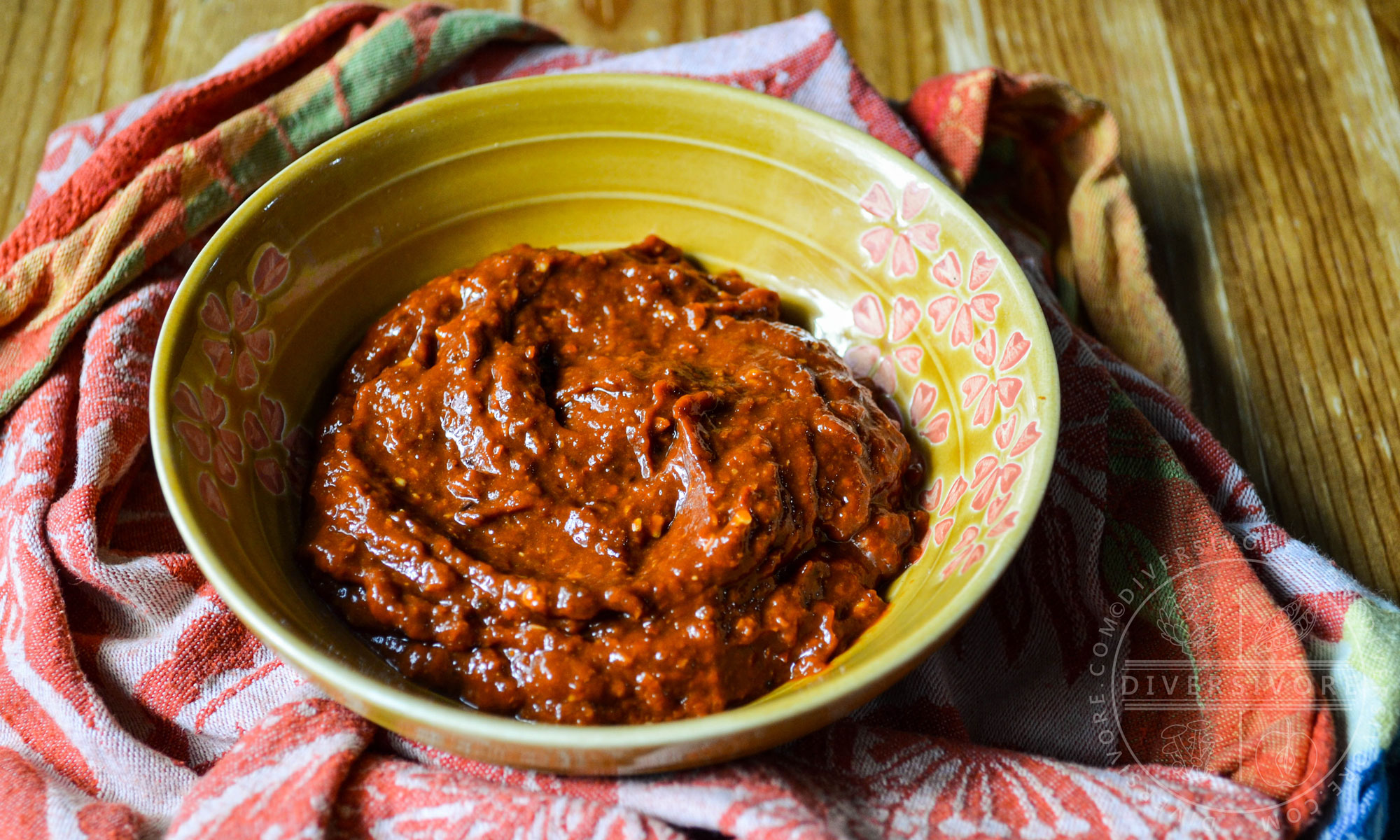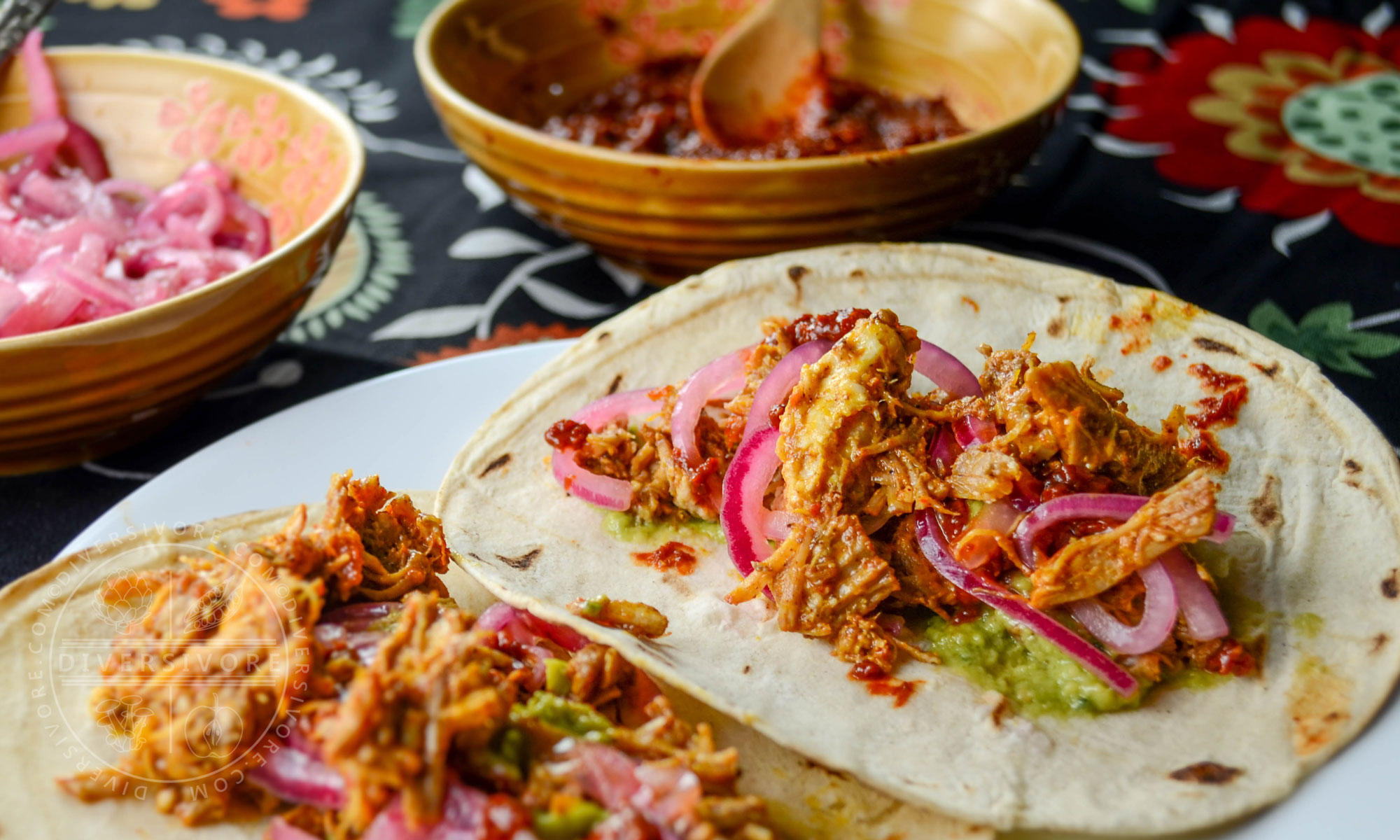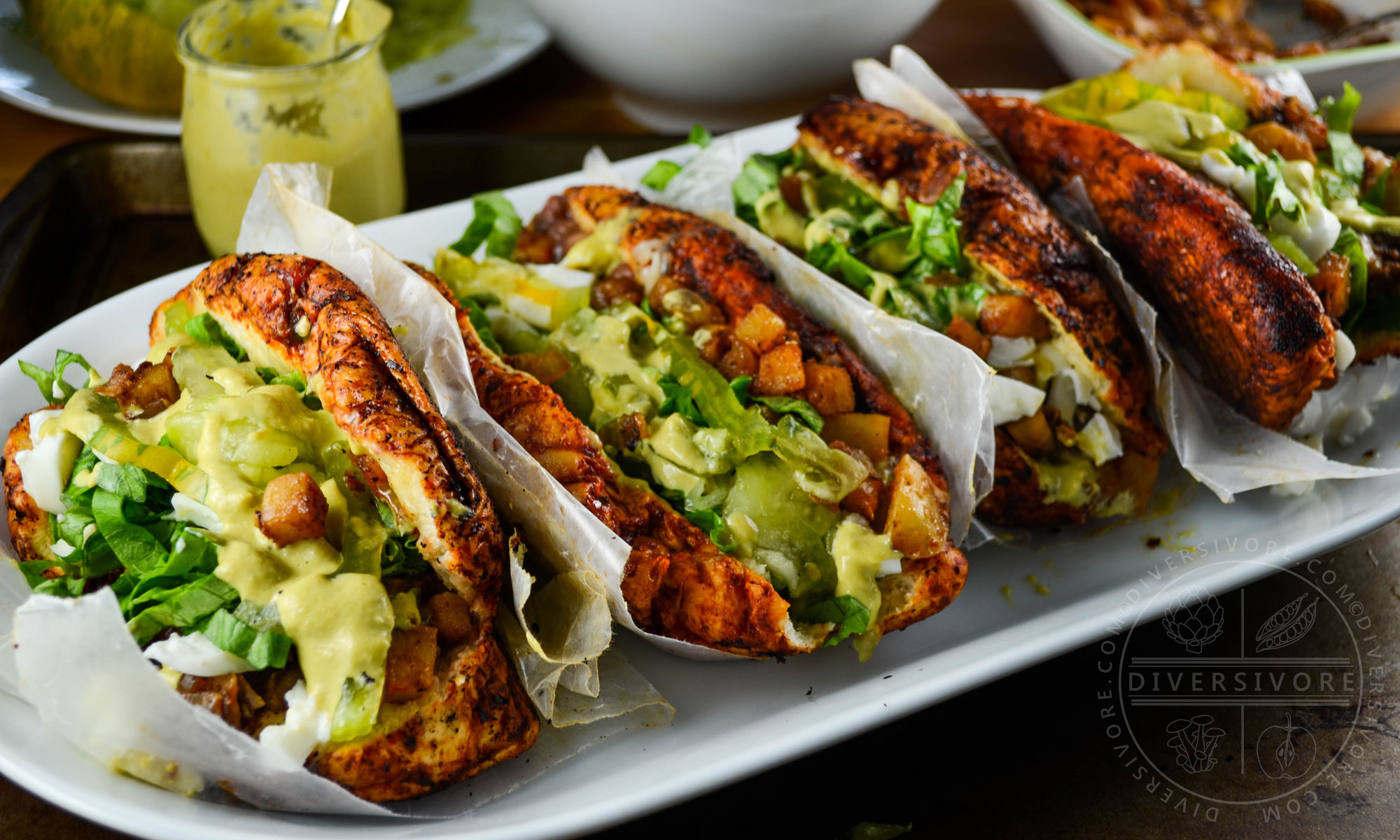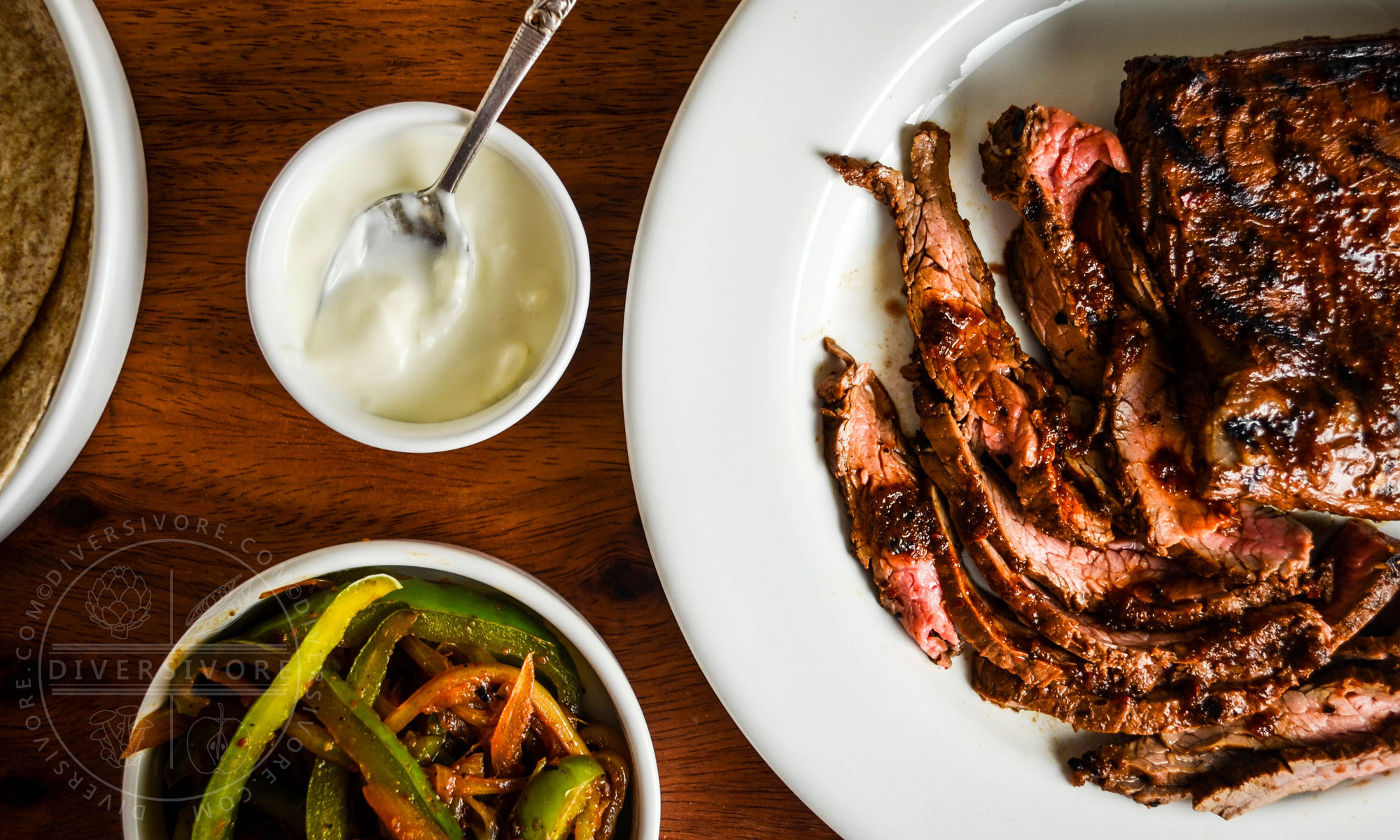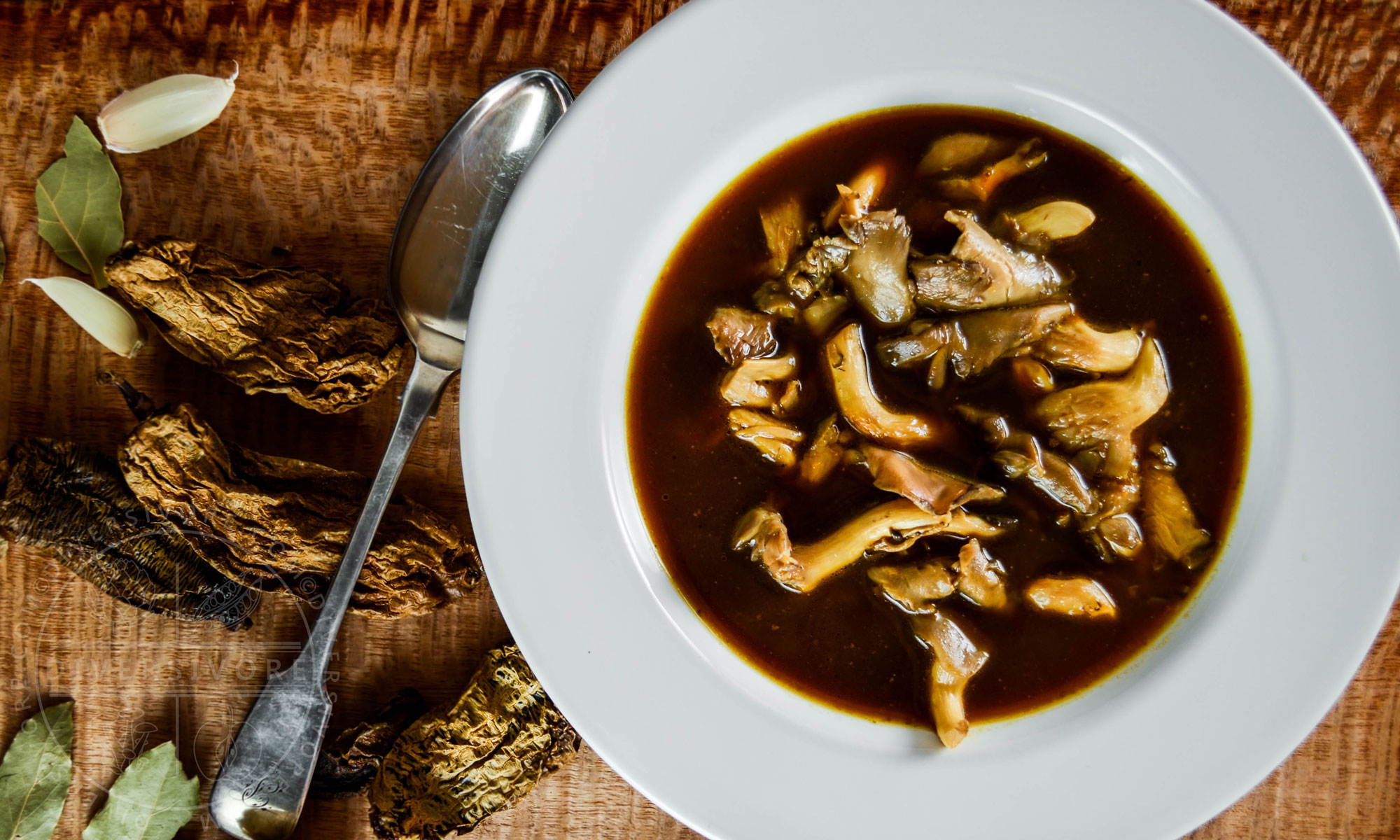Ancho Chilies
The Complete Culinary Guide
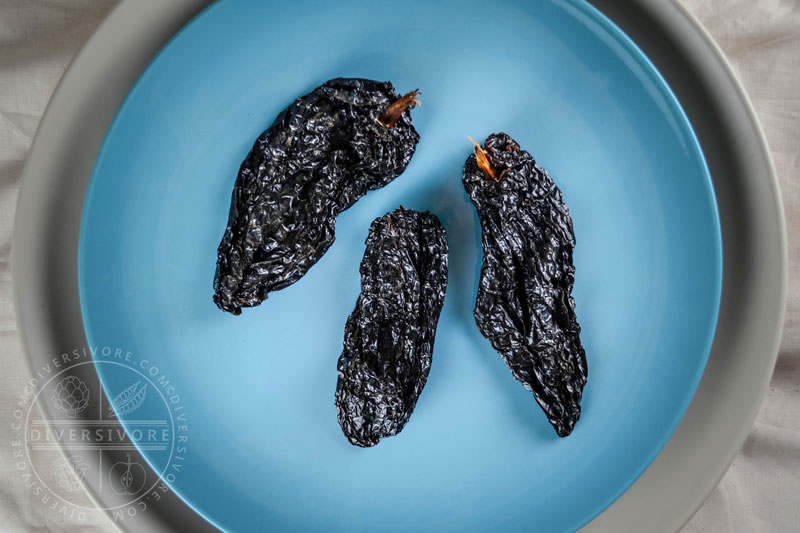
Share this Guide
The Basics
What Are They?
Ancho chilies are dried, ripe poblano peppers (part of the highly variable species Capsicum annuum). Along with mulato and pasilla chilies, anchos are part of the 'Holy Trinity' of Mexican chilies, famous for their use in moles and related dishes. Like fresh poblanos, ancho chilies are generally low in heat, with a distinctive sweet, fruity flavour.
Where Can I Get Them?
Mexican and Central America grocery and specialty stores, some well-stocked supermarkets, and online.
Flavour Profile
Fruity, and moderately smoky, with raisin, coffee, and chocolate notes. Ancho chilies generally contribute fairly mild heat to recipes.
Other Names
Spanish: Chile ancho
Scoville Heat Units
1,000-2,000* (fairly mild)
Ancho Chili FAQs
How are ancho and mulato chilies different?
Are ancho chilies the same as poblano or pasilla peppers?
In short, no. Ancho chilies are a type of dried poblano pepper. Recipes that call for poblano peppers are generally specifying fresh, green (i.e. unripe) poblanos. Ancho and mulato chilies are both dried red (i.e. ripe) poblano peppers. Unfortunately, the names ancho and poblano can get swapped around sometimes in English-language recipes and resources.
Pasilla chilies are dried chilaca peppers (a completely separate variety), but for some reason the word 'pasilla' is often incorrectly applied to (fresh) poblanos, and even occasionally to dried ancho chilies.
How-To
Find
Look for ancho chilies at Mexican and Central American grocery stores. Their popularity in Mexican cooking means that they can sometimes be found at well-stocked supermarkets, especially in areas with larger Hispanic populations. Many online vendors also sell ancho chilies. See below for more details.
Choose
Look for smooth, evenly coloured, unbroken chilies with no signs of mould. Dried ancho chilies should be somewhat soft and flexible - avoid extremely brittle chilies. Note that individual ancho chilies can vary in size considerably, ranging from 8-18 cm (3-7 inches). Bear this in mind when working with ancho chilies by quantity, rather than by weight.
Prep
Difficulty: Easy - Ancho chilies are generally prepared by removing the stems and, in many cases, the seeds. Many recipes call for the chilies to be toasted and/or soaked in hot water before using. See below for more details.
Use
Ancho chilies are most commonly used as dried, shelf-stable ingredient, or as a ground powder. Whole chilies are used to make a wider variety of sauces, stews, and salsas. Fresh/raw poblano peppers are also widely used, but are not interchangeable with ancho chilies from a culinary perspective.
Store
Short Term (up to 6 months): Keep dried chilies (or chili powders) in an airtight container in a dark cupboard. Chili peppers are especially attractive to certain insect pests (e.g. cigarette beetles), so ensure that the container truly is air-tight!
Long Term (up to 1 year): Store in a sealed bag or container and freeze.
Culinary Info
Flavour Profile
Fruity, with raisin, coffee, and chocolate notes. Ancho chilies are generally not smoked, but nevertheless are often described as having a slightly smoky flavour. Ancho chilies are fairly mild, and generally do not contribute a great deal of spiciness/heat to recipes.
Substitutions
Mulato and pasilla chilies have similar (but certainly not identical) characteristics, and can often be used in place of (or in addition to) ancho chilies. Ground ancho chili powder, which can be more readily available, can also make a good substitute in some places. See Substitution Note below for more information.
Cuisines
Ancho chilies are most commonly used in Mexican and Tex-Mex cooking. They're particularly conspicuous and important in many of the famous mole sauces from Puebla and Oaxaca. Anchos are part of the "Holy Trinity" of dried chilies, and enjoy considerable popularity in a wide variety of dishes.
Flavour Pairings
Tomato, cumin, oregano, dried fruits, cinnamon, beans, citrus, and meats, to name a few. Ancho chilies pair very well with other chilies (especially red guajillos and smoky chipotles), and are frequently combined with them to create rich and complex sauces, adobos, salsas, etc.
Varieties
Ancho chilies are fairly uniform, without any particularly distinctive culinary varieties. Note that mulato chilies are a separate variety of dried, mature poblano pepper. Smoked anchos can occasionally be found.
More Info
Nutrition
Exceptionally high in Vitamins C and K and moderately high in a variety of other vitamins, minerals, and micronutrients.
GMO Status
Non-GMO - there are no genetically modified or genetically engineered chili peppers in the food supply.
Health & Science
Ancho chilies contain pungent chemical capsaicin, which is responsible for the fiery flavour of chilies in general. Beyond its significant culinary importance, capsaicin is also a frequent subject of scientific and medical research. That being said, anchos contain far less capsaicin (and are therefore much milder) than many other chilies.
Organic vs. Conventional
Poblano peppers and their dried products (ancho and mulato chilies) may be grown using conventional or organic agricultural methods. Organic certification can be found for some products.
Ancho Chili Recipes
More Mexican Recipes
Share this Guide


